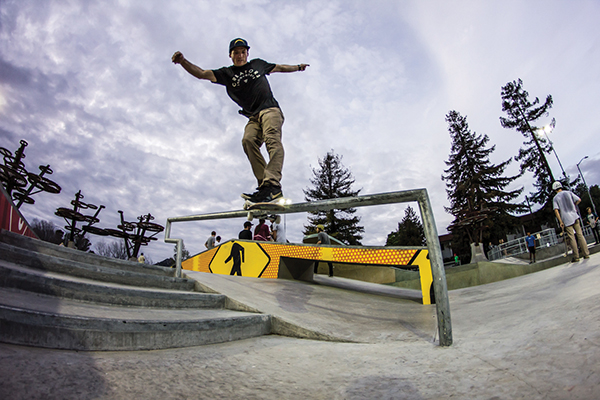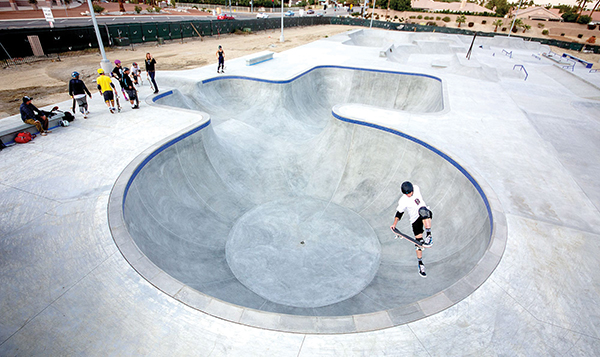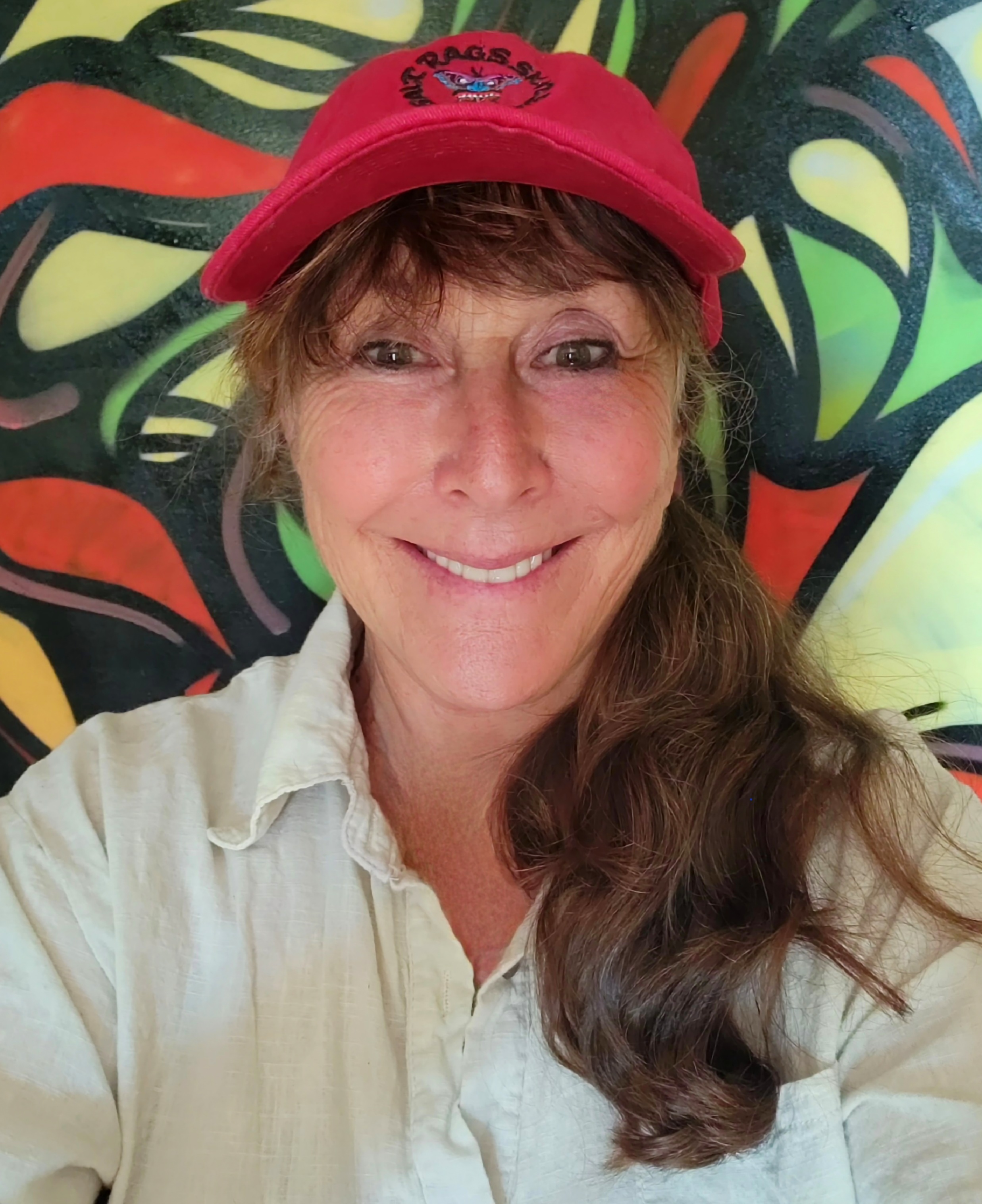
Editor’s Note: The uniquely American sport of skateboarding, most recently showcased in the Olympics in Paris, has, like its athletes, taken some bumps and bruises to get where it is. One of its strongest supporters is Heidi Lemmon of Skate Park Association International. SPAI, the mission of which is to educate, inform and assist in the development and use of well-designed public skateparks, has been critical to the growth of the sport since its organizational inception in 1996. Full information on SPAI and its work is available at skateparkassociation.org.
Seeing skateboarding in the Olympics is great; it will probably inspire a lot of kids to take up the sport and to hit their local skatepark – which is really important to the growth of the sport. But skateboarding has traveled a rough road to get where it is, and it all started with trying to get skate parks built in cities nationwide.

Less than three decades ago, there were three small public skate parks in the USA. In fact, in many places, it was illegal to use a skateboard and kids would be chased out. (Fun fact: one promotional team I was working with was arrested; the fines at that time ran between $150 to $500 for skateboarding on public property. We were able to get out of it once we could prove we were a promotional team but it makes a big contrast to having athletes on an Olympic podium these days.)
The resistance to the presence of skateboarders, much less actually having skate parks built, was considerable. The first park we ever worked on was in Santa Monica and it took 14 years to get it open. That should tell you something about how hard we had to work and how many barriers we had to overcome to get it built.
Something that was incredibly challenging (along with this misperception about the kind of kids skateboarders were) was getting funding for skate parks in any form. What we were going through, and what the kids were going through, was unbelievable.
In some cases, cities would provide the land, but then they would later inform the organizers of the skate park they were responsible for footing the bill for design and construction. In other cases, cities wanted the skateboarders to buy the land and pay for the design and construction themselves. These were kids; they didn’t have that kind of money. Compare that to when you want to have baseball diamonds or ice rinks or soccer fields put into a city; nobody tells the players to pay for that.
We had cases where cities would promise the money to build a skate park, then tell us it had been used for another purpose. That was a particular pet peeve of mine but it wasn’t the only one. We had cases where kids even raised money, nothing was ever built – and city officials would refuse to answer questions about where the money had gone. We just kept working at it, trying to educate local officials and help them understand why skate parks were needed.
Because there was so much resistance and so little understanding of what good skate parks looked like, a lot of the early facilities were poorly built. For example, a city would just decide to use an old, cracked tennis court in a bad area of town as a skate park and they would put up these ramps made out of wood – and that was it. They were basically putting dangerous facilities out there and it was definitely not what we wanted, not for the sport and not for the kids.
There were some real horror stories, and one, in Texas, comes to mind. The playground industry had moved into the skate park space at that point and was trying to take over by marketing these cheap metal components they could set up on a tennis court. There was a basketball hoop in the park, most of the park was unskateable and during the summer, the metal ramps were hot enough to cause third-degree burns. The park also exceeded all OSHA noise standards.

It was through the work of SPAI and a handful of dedicated skater/builders, most notably Tim Payne, of Team Pain, that we were able to convince cities that concrete parks, properly designed and built, were the way to go. Now, we’re seeing good parks, rather than things that were just put in as an afterthought, like the ones on an old, cracked basketball court or tennis court or parking lot.
Skate parks, when they are built correctly, are like any other place for athletes; they are great areas to learn new skills, meet new friends and challenge yourself and others. They provide a way for kids to be outside, get together with their friends and get exercise. They help kids find, and form, their own community.
And now, there are designers and contractors who specialize in park design and construction, and those people have been at the forefront of the industry, creating some really amazing and exciting parks, which means that kids are finally having great experiences in their own neighborhoods. Today, thanks in part to the efforts of SPAI, there are more than 10,000 skate parks in the USA and more than 15,000 globally.
Another aspect of the growth of the sport I’m particularly proud of is the fact that at the time I founded SPAI, the skateboard and skatepark industry had been without insurance for almost 20 years. By forming an organization, we were able to bring affordable insurance back to the industry, which opened up events and contests again.
Most of the skate parks in the U.S. today are public, rather than private. That is a good thing because it means more people are able to come and use those parks, rather than having to live in a certain area or belong to a club, the way some sports, like swimming pools, might be. Some of the public parks charge a nominal and affordable membership fee, such as $25 per year.
A lot has changed in three decades. Our team at SPAI now consists of dedicated and qualified skatepark designers and builders working side by side with ASTM International and various recreation and park departments across the country. We also work with those rec and park organizations, as well as with private parks, to provide content for camps, afterschool programming and coaching.
By now, a lot of those city officials who put up so much resistance back in the beginning have retired, and we are seeing much better awareness of skate parks and their place in communities. And now that the sport is in the Olympics, cities that were on the fence about committing the money to build parks are starting to think, “Hey, maybe I have the next gold medalist right here in my city.” It’s suddenly not so crazy anymore. SDM

